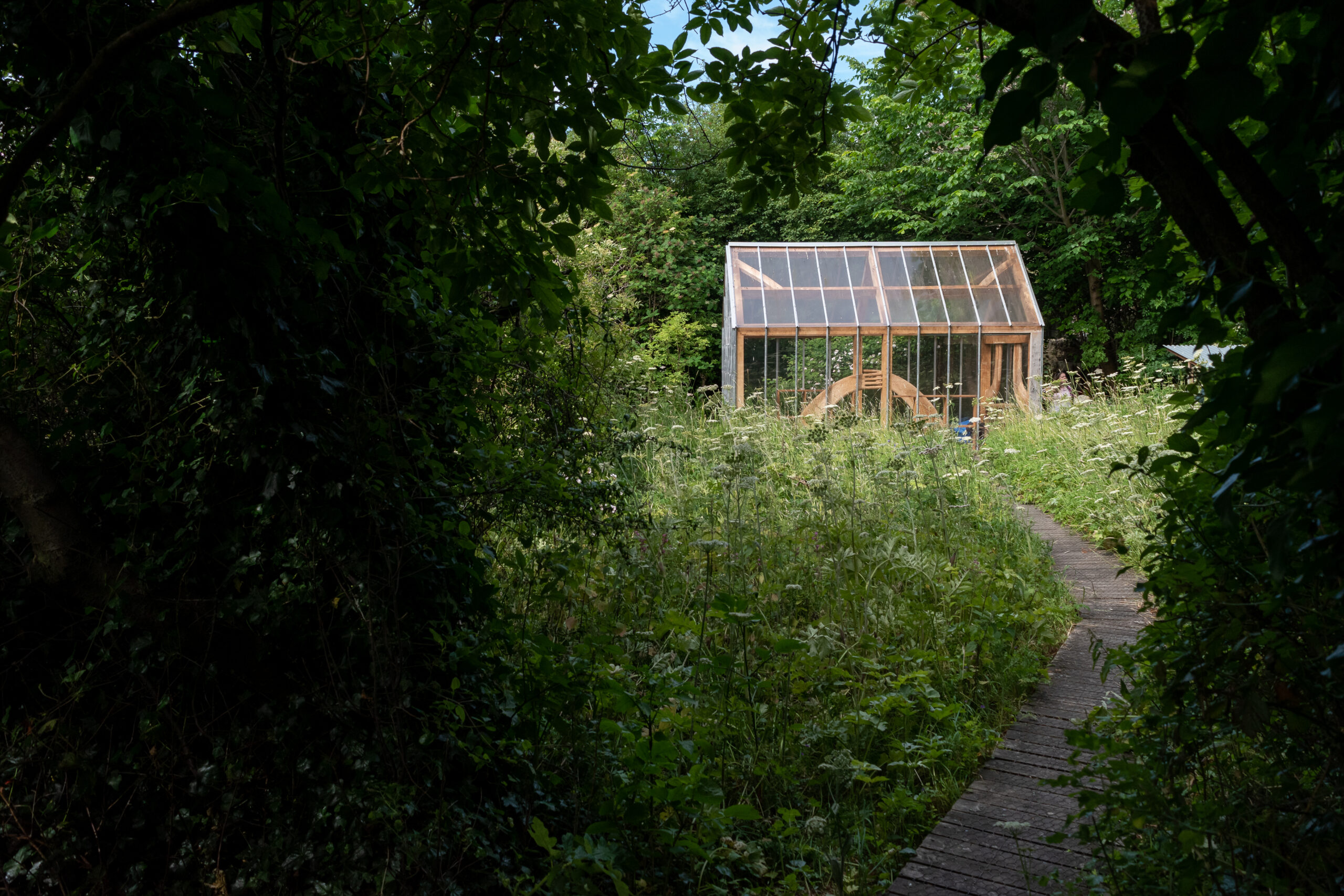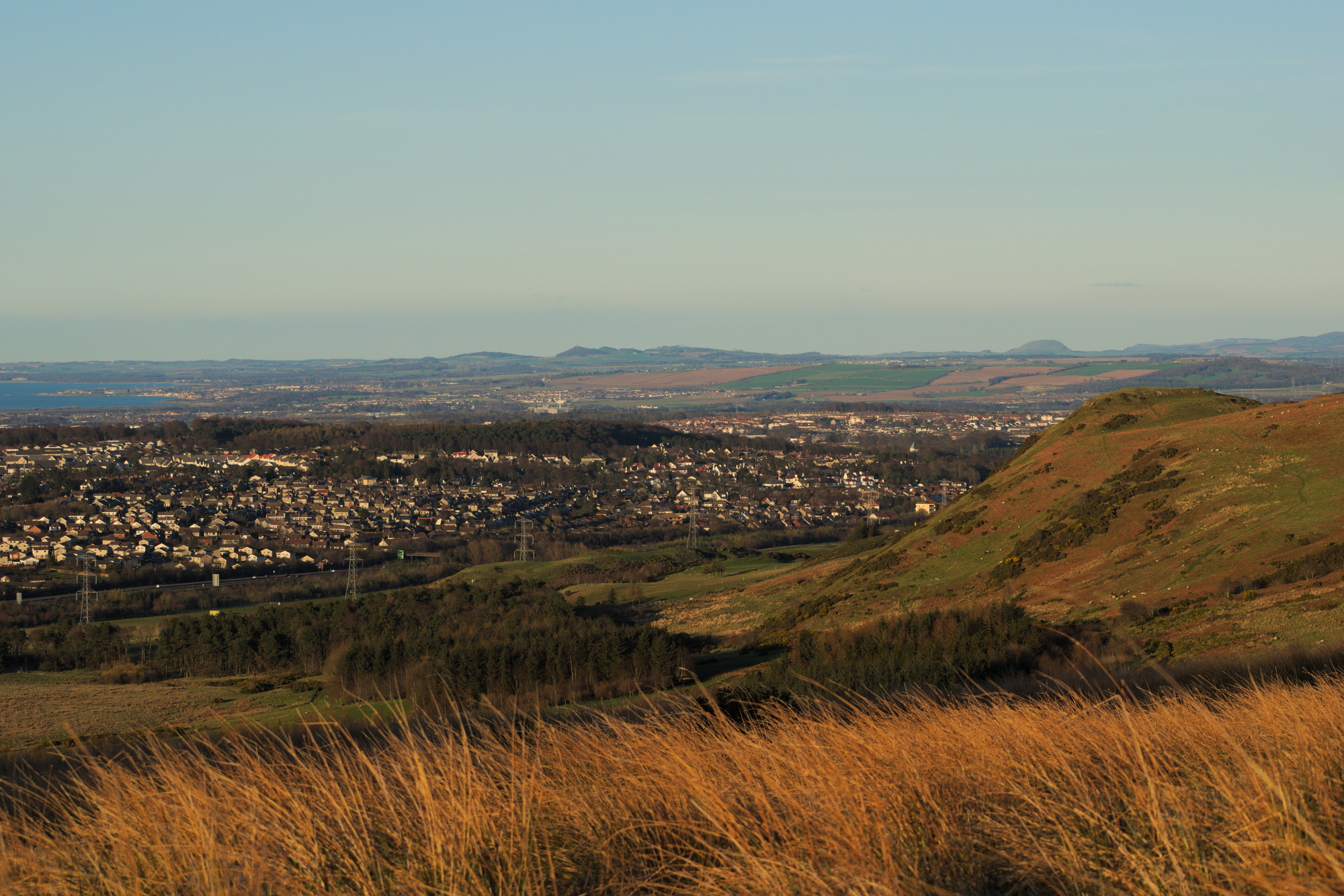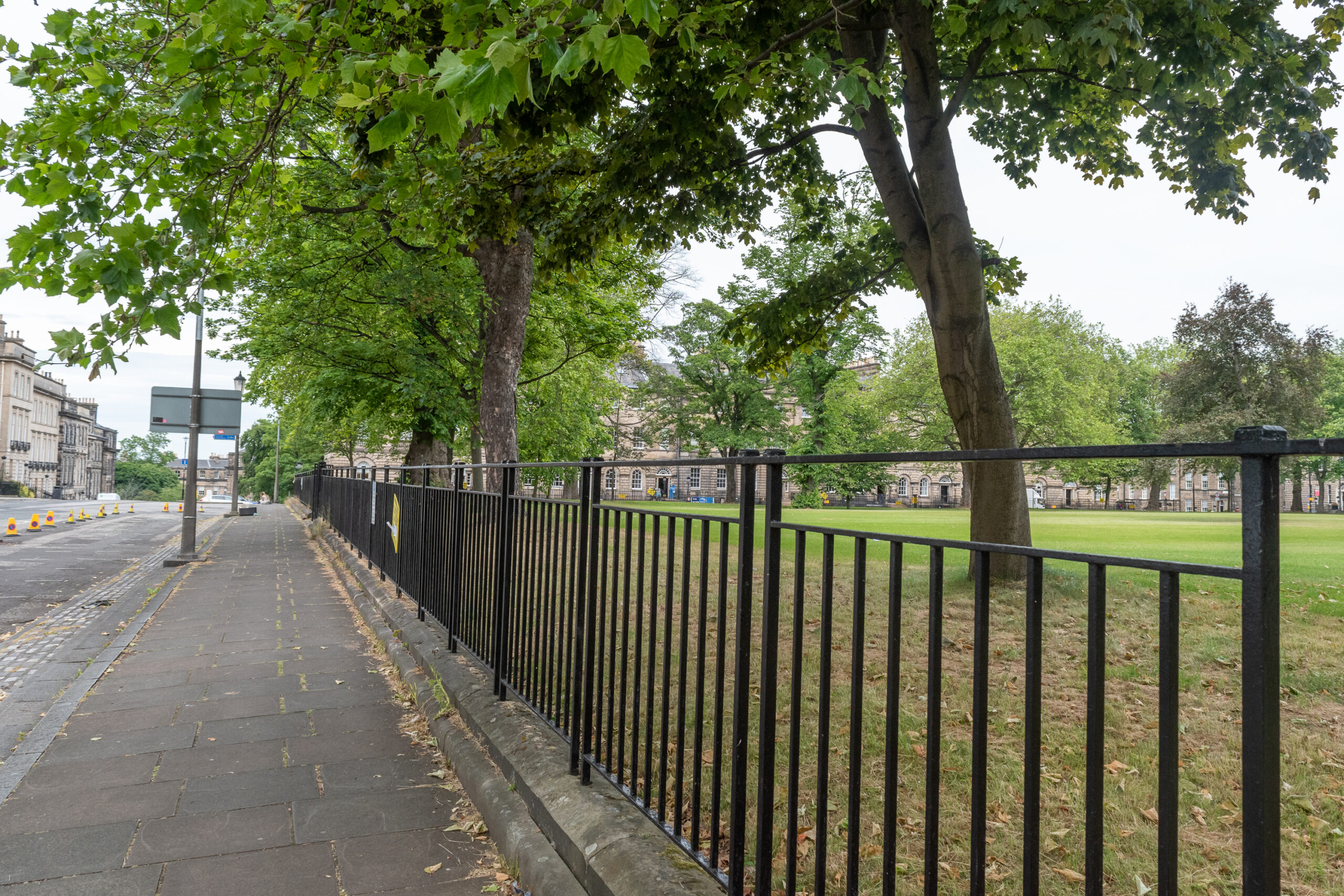The History of Edinburgh’s Greenspace (Pt. 2)
,
This is the second in a series of blog posts on Edinburgh’s greenspaces, by postgraduate student, Jamie McDermaid. Jamie is studying Environment, Culture, and Communication at the University of Glasgow – with a particular interest in urban nature. This blog looks at how an intense period of development affected further urban expansion in the 1900s, and how this has allowed for the existence of the many parks, golf courses, and nature reserves which still populate Edinburgh to this day.
Gaps in Development
Despite the rapid growth of Edinburgh from 1800-1900, many open spaces were left out of development. This is because the introduction of railway lines allowed the city centre to link up with smaller settlements. For example, Colinton and Corstorphine were originally only linked to the city by rail. Development therefore skipped over large areas of greenspace, some of which are still intact now (many are golf courses). The natural geography of Edinburgh also helped with this: the many hills of Edinburgh remain largely untouched by urban sprawl and provide vital greenspaces for people and wildlife. Furthermore, the Water of Leith’s natural valley has maintained a vital wildlife corridor through the city.

©Jamie McDermaid
Green Thinking
Even in the Old Town, where the garden city character was lost, improvements were made to restore greenspaces and improve the appearance of streets and buildings. The highly influential town planner, Patrick Geddes, was largely responsible for this. He sought solutions for the Old Town’s issues not by abandoning it as others did, but by improving it from within. He worked on increasing property sizes, opening up more space, widening courtyards, and increasing light and greenspace. Geddes’ legacy lives on now through the Scottish Wildlife Trust’s very own Johnston Terrace Garden Wildlife Reserve, located just below Edinburgh Castle.

©Jamie McDermaid
Whilst more concerned with the edges of cities than the centre, the urban planner, Ebenezer Howard, had a like-minded idea for urban development. His ideas, from the late 1800s, are often regarded as the earliest example of the greenbelt concept as he envisioned a modern garden city populated with parks and surrounded by farmland. But a more formal greenbelt concept came about later, likely in response to development peaking just before WWII. The city’s population was at about 400,000 at this point, but has actually only increased by 100,000 since then.

©Jamie McDermaid
Edinburgh’s greenbelt wasn’t officially founded until 1957, however. This followed the post-war plans of Sir Patrick Abercrombie and Derek Plumstead. These plans set out a vision for an aesthetic, natural frame for the city’s historic centre. There was much emphasis on the visual and cultural value of cities at this time, with the 1932 Scottish Town and Planning Act aiming to improve and preserve certain historic areas and buildings. In the 1950s there was also the emergence of the term ‘cultural assets’: it was becoming clearer that historic, aesthetic values could also be economic ones.
World Heritage Status
The cultural value of the city was cemented in 1995 with the confirmation of the New and Old Town’s status as a UNESCO World Heritage Site. This came after the Environmental Improvement Scheme in the early 1970s which operated under conservationist policies to regenerate buildings and restore them to their historic appearances. The terms ‘environmental’ and ‘conservationist’ don’t actually refer to the environment or biodiversity though. Instead, they refer to the idea of maintaining the appearance of the urban environment, i.e. the buildings, the roads, and the gardens. Cultural assets were valued over nature, and likely still are.
Even the gardens in the New Town are valued more for the contrast they provide with the controlled appearance of the nearby buildings than any ecological function. Long gone are the days when builders of the New Town could hunt for partridge and hares in what is now Charlotte Square! There is much potential for improvement of these sites for biodiversity, but the restrictions of a UNESCO World Heritage Site mean that making any changes to these gardens is unlikely. Outside of the city’s World Heritage Site though, greenspace management is less constricted and so can be improved for both wildlife and people with more ease.

©Jamie McDermaid
Jamie McDermaid
